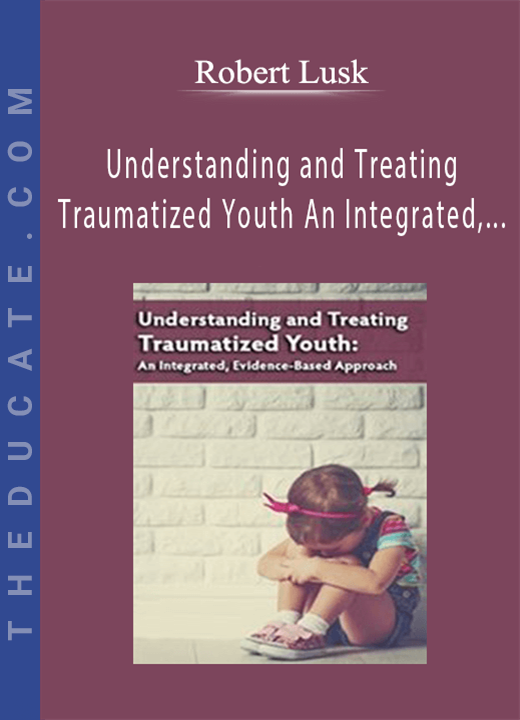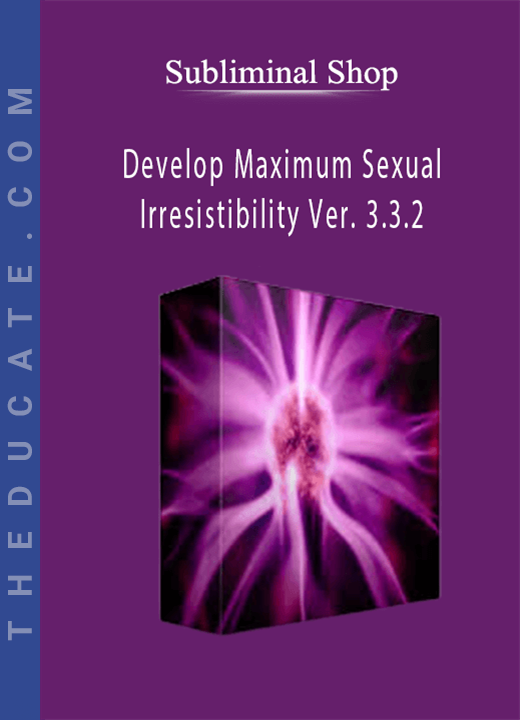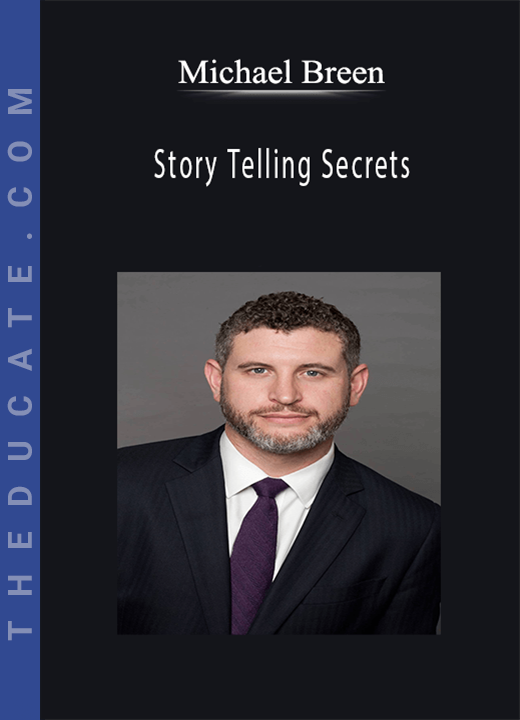Description
Understanding and Treating Traumatized Youth An Integrated, Evidence-Based Approach – Robert Lusk
Recognizing and Overcoming the Effects of Trauma on a Young Brain
Each year in the United States, at least 5 million children are either victims of—or witnesses to—abuse, violence, or other forms of psychological trauma. Clinicians and educators are increasingly expected to address the needs of these young victims, but there are many different views of exactly how trauma affects youth and, thus, how it is best treated. Clues for understanding and integrating trauma treatment approaches may be found in current neurobiological research, which continues to show trauma’s damaging effects—some temporary, some permanent—on children’s brain development.
Professionals who work with traumatized children are challenged to stay current with developments in many different fields, from neuroscience to non-traditional treatment approaches, in order to give each individual child the best hope for healing.
This recording offers an understandable overview of the emerging neurodevelopmental and attachment-based perspectives on child trauma. This approach provides a unifying way of understanding and treating trauma using a variety of treatments based on the youth’s neurodevelopmental level and their current caregiver context. Watch and grasp what happens to the brain when a youth is severely traumatized and how to implement both traditional and non-traditional interventions to treat traumatized youth.
Discover how making intimidating neuroscientific research more user-friendly can be key to seeing improvement in even the most challenging cases.
- Characterize the prevalence of psychological trauma in youth, and identify the types of trauma for which treatment is most frequently sought.
- Communicate how clinicians recognize stress disorders in trauma victims.
- Establish how the neurobiological basis for trauma informs clinical treatment to reduce trauma symptomology.
- Support how grounding and coping strategies can be utilized in the first phase of trauma treatment.
- Specify how clinicians can employ traditional and non-traditional evidence-based approaches in trauma treatment and correctly pair techniques with appropriate developmental levels
- Explore current research on medications for trauma symptoms in youth.
GET UNDERSTANDING AND TREATING TRAUMATIZED YOUTH AN INTEGRATED, EVIDENCE-BASED APPROACH OF AUTHOR ROBERT LUSK
INTRODUCTION
- Prevalence of psychological trauma in youth
- Common types of trauma
IMPACT AND EFFECTS OF TRAUMA
- Factors impacting the severity of the trauma response
- Long-term effects of interpersonal trauma
- “Trauma aftershocks,” and how professionals can start to have an impact
- The “good news” and “bad news” about the effects of trauma
ISSUES IN DIAGNOSIS
- Diagnosis of trauma responses
- Stress disorders (PTSD and Acute Stress Disorder)
- Dissociative disorders
- Other diagnoses related to trauma
- The “comorbidity” issue
- Proposed diagnostic changes in the DSM-V related to trauma
TRAUMA, DISSOCIATION, AND THE HYPERAROUSAL RESPONSE
- What the hyperarousal response means and how it works
- Dissociation and trauma
- Gender differences in response to trauma
- Fight, flight, and fright modes
- What happens in each mode
- Why youth can’t use coping skills when hyperaroused
- How hyperarousal can be “addictive”
THE NEUROBIOLOGICAL BASIS FOR THE EFFECTS OF TRAUMA
- Overview of the brain (as it relates to trauma and hyperarousal)
- Brain functions relevant to trauma treatment
- Effects of trauma on the brain
TRAUMA-FOCUSED TREATMENT: OVERVIEW
- Understanding issues in the first phase of trauma treatment
- The importance of education (of client, parents, teachers, and significant others)
- Grounding, coping, and healthy endorphin-releasing techniques for the first phase
- Helping the youth shift from a “survival brain” to a “learning brain”
- When is the youth ready for the second phase?
- Applying second phase principles in youth
- Adapting trauma processing techniques based on developmental level
- When is the youth ready for the third phase?
- Applying the principles of reintegration (third phase) with youth
- Family work and focusing on the future
- When is the third phase completed?
DIGGING DEEPER INTO TREATMENT: AN INTEGRATED, EVIDENCE-BASED APPROACH
- Current research evidence
- Trauma-Focused Cognitive-Behavioral Therapy (TF-CBT) and its variants
- Components of TF-CBT
- Creating the Trauma Narrative
- Cognitive processing in TF-CBT
- The Neurosequential Model of Therapeutics (NMT)
- Overview of NMT
- Principles of NMT
- NMT interventions for different developmental levels
- The ARC Model: Attachment, Regulation, & Competency
- Key building blocks in the ARC model
- The Attachment domain
- The Self-regulation domain
- The Competency domain
- Trauma integration in the ARC model
MEDICATIONS FOR TRAUMA SYMPTOMS IN YOUTH
- Recent research
- Recommended medications for complex trauma and comorbid disorders in youth
- Concerns, issues, and limitations of medications for trauma
ADDITIONAL MATERIAL PROVIDED IN THE COURSE MANUAL:
- Appendix A: General Principles of Trauma-Informed Intervention
- Appendix B: Assessment of Trauma and Developmental Level
- Areas to cover and tools to use in a trauma assessment
- Important, often overlooked, components of a trauma assessment
- How to determine types of interventions to use







4 reviews for Understanding and Treating Traumatized Youth An Integrated, Evidence-Based Approach – Robert Lusk
There are no reviews yet.